The avalanche effect is a phenomenon of physical transformations obeying the laws of thermodynamics. All physical structures follow the same laws because they dissipate energy.
We see that physical systems self-organize to maximize the flow of dissipated energy. They all tend to remain permanently in the vicinity of a critical point which can lead to a break until they find another critical point.
Whether cosmological, geophysical, biological or sociological, the system adjusts as it evolves towards criticality. This unpredictable and chaotic adjustment may be invisible or catastrophic. The properties of this process are those of continuous phase transitions (in nonlinear dynamics this is called a bifurcation).
Indeed, avalanche effects produce bifurcations in physical structures (galaxy, star, planet, water, human society, etc.) which themselves can cause bifurcation avalanches.
A bifurcation therefore follows an amplification of fluctuation or a break in symmetry which can itself lead to other bifurcations, which can lead to others, etc.
Cascades of bifurcations will be found everywhere in the observable phenomena of our environment. | | The smaller the avalanche phenomena, the more there are. For example, small earthquakes are permanent. Slightly stronger earthquakes are further apart in time. Even stronger earthquakes are even further apart. Destructive earthquakes are rare.
This obeys a law in 1 / f (f = frequency): "The energy dissipates by producing avalanches whose amplitude is inversely proportional to the frequency." Per Bak (1948-2002) Danish theoretical physicist specializing in phase transitions.
NB: The avalanche effect is a multiplying effect of the electric current inside materials which were, until the onset of the phenomenon, good insulators. The avalanche effect can occur inside solid, liquid or gas phase semiconductors or insulators. When the electric field inside the material is strong enough it accelerates the electrons. When electrons crash into atoms, they release other electrons. Thus the number of free electrons increases rapidly and then entrains others again, in a phenomenon comparable to that of a snow avalanche. | | 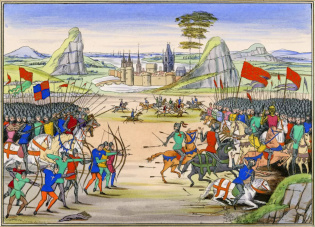 Image : Avalanche ou cascade de bifurcations.
- For lack of a nail the iron was lost,
- For lack of a shoe the horse was lost,
- For lack of a horse the rider was lost,
- For lack of a rider the battle was lost,
- For lack of a battle the kingdom was lost,
and all this for lack of a horseshoe nail!
credit almanac by Benjamin Franklin (1706-1790) |
• The canonical example of a dynamic system displaying a self-organized criticality is that of the pile of sand: the grains of sand pushed by the wind accumulate on the pile of sand which grows little by little. The pile of sand will rise inexorably until the slope becomes critical. At the critical point several small avalanches can be triggered (falling grains of sand) but the slope will still rise. At the next critical point a larger avalanche may be triggered but the slope will still rise. Rather rarely it happens that a huge avalanche is triggered. It is to avoid this rare but inevitable phenomenon that the fireworks regularly trigger small avalanches in the mountains.
• Earthquakes: each year the number of earthquakes of magnitude ≥ 2 is close to 1 million.
- 100,000 of magnitude ≥ 3.
- 10,000 of magnitude ≥ 4.
- 1000 of magnitude ≥ 5.
- 100 of magnitude ≥ 6.
- 10 of magnitude ≥ 7.
- 1 of magnitude ≥ 8.
Very rarely does a huge earthquake ≥ 9.4 like the one in Sumatra (December 26, 2004) occur which left 227,898 dead. | | • We must admit that the biggest avalanche of bifurcations known is the one that created the Big Bang. It is so gigantic that it must be extremely rare.
13.77 billion years ago, the amount of matter and antimatter was exactly the same.
Why do we live today in a universe made exclusively of matter?
The system (the universe) located at a critical point (quantum fluctuation) has shifted towards a bifurcation giving a small advantage to matter rather than antimatter. This spontaneous symmetry breaking took place in the first few seconds of the observable Universe. This avalanche caused other avalanches (creation of protons) which themselves led to other avalanches (creation of stars), which themselves led to other avalanches (creation of galaxies), etc., until at the appearance of man. These avalanches continue to this day.
Yoichiro Nambu (1921-2015), Makoto Kobayashi (1944-) and Toshihide Maskawa (1940-2021), 2008 Nobel Prize winner in physics explained this small difference, this spontaneous breaking of matter-antimatter symmetry.
• What are the avalanches that await us regarding climate change? | |  Image: The Abelian sandpile model is the most popular name of the original Bak-Tang-Wiesenfeld model. The BTW model was the first discovered example of a dynamic system exhibiting self-organizing criticality. It was featured by Per Bak, Chao Tang, and Kurt Wiesenfeld in a 1987 article. |



 Automatic translation
Automatic translation

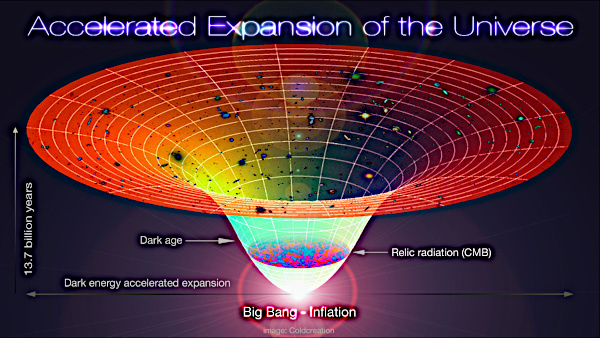 Space-time slices of the observable Universe
Space-time slices of the observable Universe
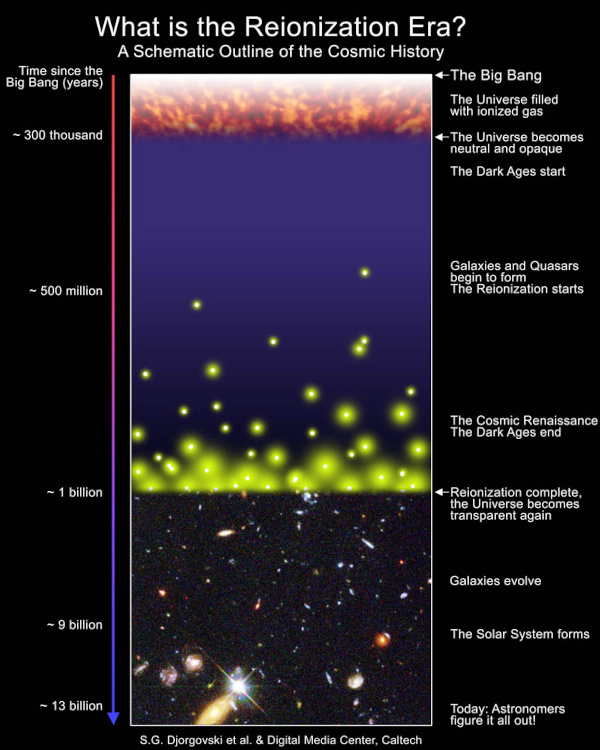 Dark Ages of the Universe
Dark Ages of the Universe
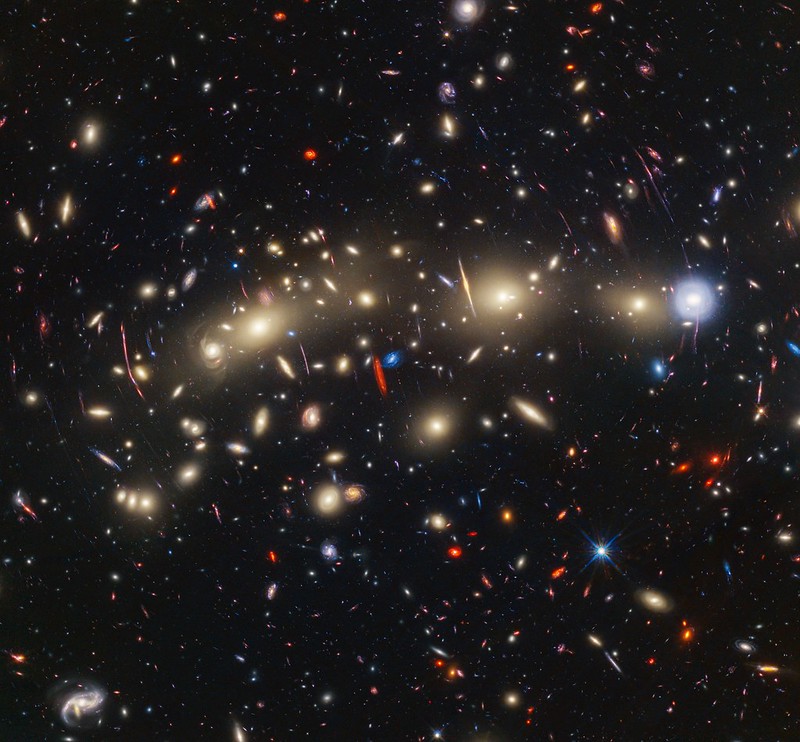 Alternative theories to the accelerated expansion of the universe
Alternative theories to the accelerated expansion of the universe
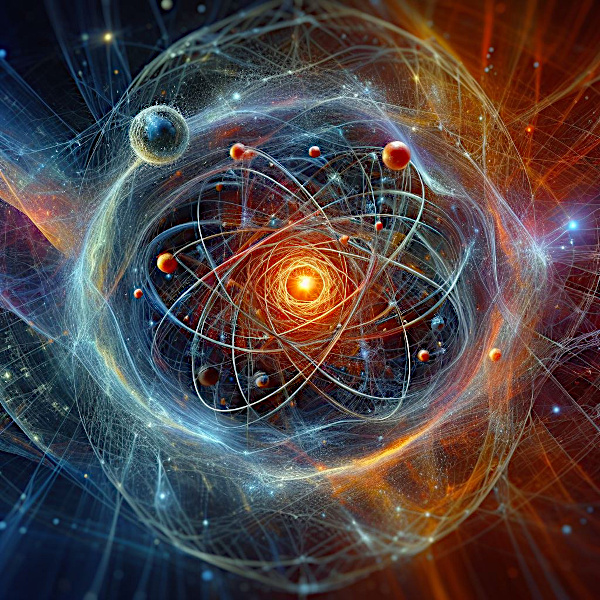 The primitive atom of Abbot Georges Lemaître
The primitive atom of Abbot Georges Lemaître
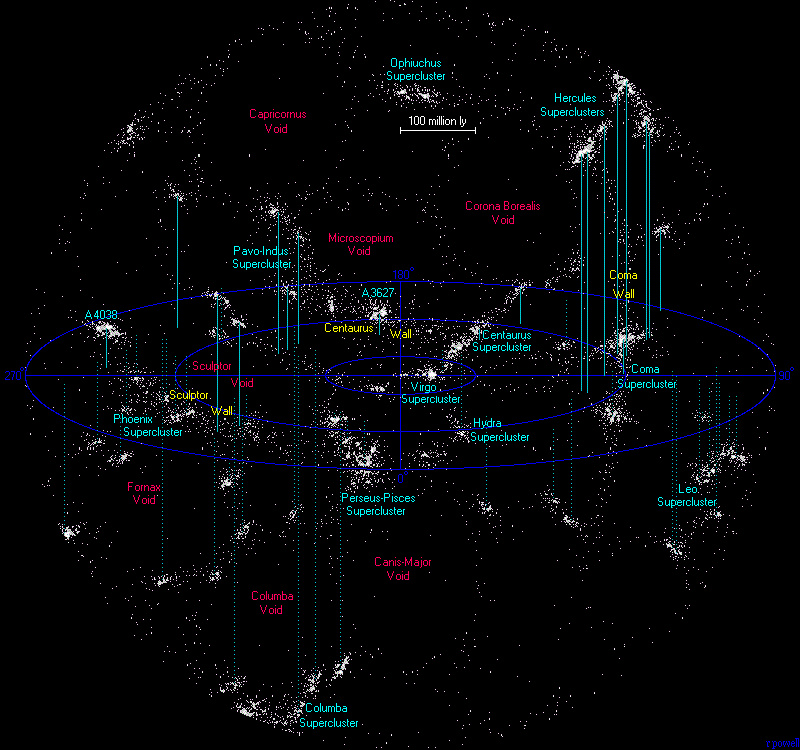 Great walls and filaments: the great structures of the Universe
Great walls and filaments: the great structures of the Universe
 Always closer to the Big Bang
Always closer to the Big Bang
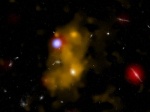 Lyman-alpha bubbles
Lyman-alpha bubbles
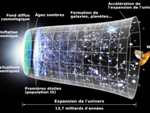 From the Big Bang to the galaxies
From the Big Bang to the galaxies
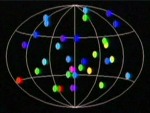 The mystery of gamma bursts
The mystery of gamma bursts
 Eternal inflation, string theory and dark energy
Eternal inflation, string theory and dark energy
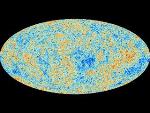 Planck's universe
Planck's universe
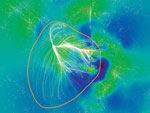 The sky is immense with Laniakea
The sky is immense with Laniakea
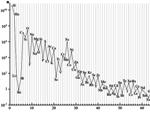 Abundance of chemical elements in the Universe
Abundance of chemical elements in the Universe
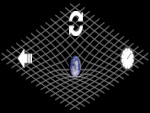 What is symmetry in the universe?
What is symmetry in the universe?
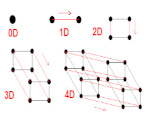 The geometry of time
The geometry of time
 How to measure distances in the Universe?
How to measure distances in the Universe?
 Do nothingness and emptiness exist?
Do nothingness and emptiness exist?
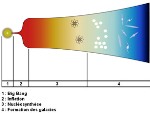 Mystery of the Big Bang, the problem of the horizon
Mystery of the Big Bang, the problem of the horizon
 The first second of our history
The first second of our history
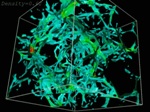 Does dark matter exist?
Does dark matter exist?
 Metaverse, the next stage of evolution
Metaverse, the next stage of evolution
 The multiverse long before the Big Bang
The multiverse long before the Big Bang
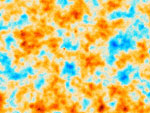 What is recombination in cosmology?
What is recombination in cosmology?
 The cosmological and physical constants of our Universe
The cosmological and physical constants of our Universe
 Thermodynamics of the sand pile
Thermodynamics of the sand pile
 What does the equation E=mc2 really mean?
What does the equation E=mc2 really mean?
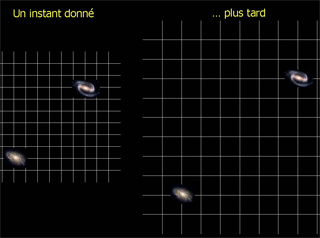 The engine of the accelerated expansion of the Universe
The engine of the accelerated expansion of the Universe
 The Universe of X-rays
The Universe of X-rays
 The oldest galaxies in the universe
The oldest galaxies in the universe
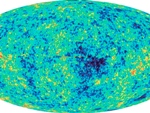 Fossil radiation in 1992
Fossil radiation in 1992
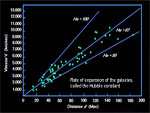 Hubble constant and expansion of the Universe
Hubble constant and expansion of the Universe
 Dark energy is needed
Dark energy is needed
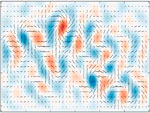 Gravitational waves
Gravitational waves
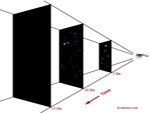 How big is the universe?
How big is the universe?
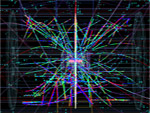 The vacuum has considerable energy
The vacuum has considerable energy
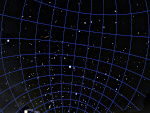 Paradox of the dark night
Paradox of the dark night
 Paradoxes in physics
Paradoxes in physics